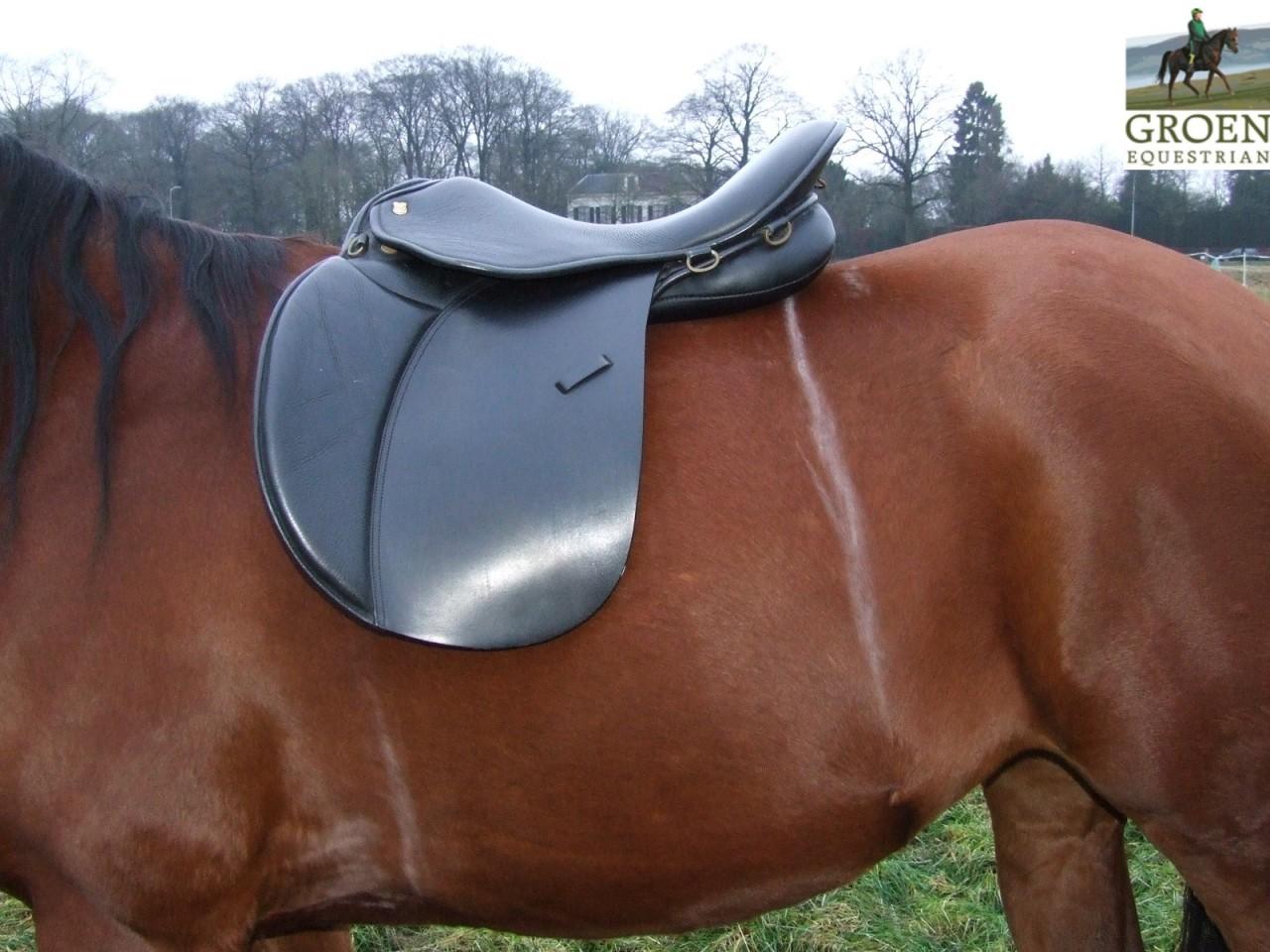If you want to ensure that your horses are capable of performing certain tasks, it is your responsibility as the owner.
One of those responsibilities is being able to check and maintain the saddles that will be on the horses and determine if there are problems with how it fits.

As you read this article, we will discuss how horse owners will need to make regular inspections of saddles so that identifying problems that could cause the horse pain can be rectified quickly, allowing you to contact a saddler in your area that can assess and potentially fix the problem.
Saddle Fitting is what you are going to learn about, particularly saddles that do not fit properly.
Seven simple ways to evaluate your saddle
First of all, look at the overall width of the saddle – in particular, the points of the tree should be comfortable against the back of the horse
First of all, you need to consider how wide the settlers.
Just look at the points of the tree.
As you stand adjacent to your horse, make sure that your left shoulder, and the left shoulder of the horse, are lined up facing it’s behind.
Observe the angle when looking at the point of the saddle itself, and then compare that angle with the shoulder of the horse.
You should be able to identify whether or not this fits properly by simply observing the shape of the horse, and if you notice that it is sticking out words or in words, it is likely too wide or too narrow.
Be sure to not look at the panel, but the POINT of the angle.
Check the saddle for balance
Secondly, you need to determine if the saddle is properly balanced.
If you are going to place it on the back of your horse, make sure that the cantle and pommel are level.
(NOTE: you could have a saddle that has a high cantle, so keep that in mind as you are doing your evaluations)
If the pommel is much too high, the weight of the rider is going to be too far back, leading to muscular atrophy.
There will also be some saddles that will be much too low in the front, and when this occurs, it will tend to fall over the withers which can cause discomfort.
Evaluate the balance by simply placing your hand on top of the pommel, and then the other on the cantle, and make your evaluation by placing your weight on each side.
If you have a saddle that is completely balance, there is going to be a lot of movement. If it is imbalanced, you are going to notice a definitive lift, especially when pushing down on the front.
Look at the wither clearance
This is something that most people that ride horses do; it is going to ensure that there is plenty of clearance between the withers and the pommel.
What you are looking for is a clearance of four fingers, and this will enable you to feel confident about the saddle when it is girthed up and the horse rider is in place.
If it doesn’t fit, then there will be a problem for the person writing the horse.
Look at the clearance on either side of the wither
This is a step that many horse owners overlook and that is to look at the clearance, on either side, of the withers.
In this particular area, great sensitivity and pain can be experienced by the horse which can affect their performance levels.
Check the spine at the rear of the channel for clearance
What is called the gullet channel of the horse should sit evenly down there spine.
To make sure there is enough space, going all the way down to the gullet channel, you need to verify that the horse will be comfortable.
Check the front panel for any type of blockage
As you are fitting the saddle on the horse, you need to make sure that you run your hand along the front panel and simply look for blockages.
Palm up or down, you can do either one, in order to see if blockages exist.
Look for lateness or bridging underneath the saddle panels
Now check for the bridging.
The term bridging is simply referencing whether or not the saddle is going to make contact on a consistent basis along the panel.
Toward the middle of this gap, right in the centre, they may not have any contact with the saddle which will lead to it becoming a bridge.
This is going to lead to uneven pressure points and your horse will not be happy.
With your palm up, or with it down, run your hand underneath the panels while putting pressure on the saddle.
Any gaps, or holes, will be easily detected.
Once all of this is done, you need to do this on the other side of the saddle as well.
